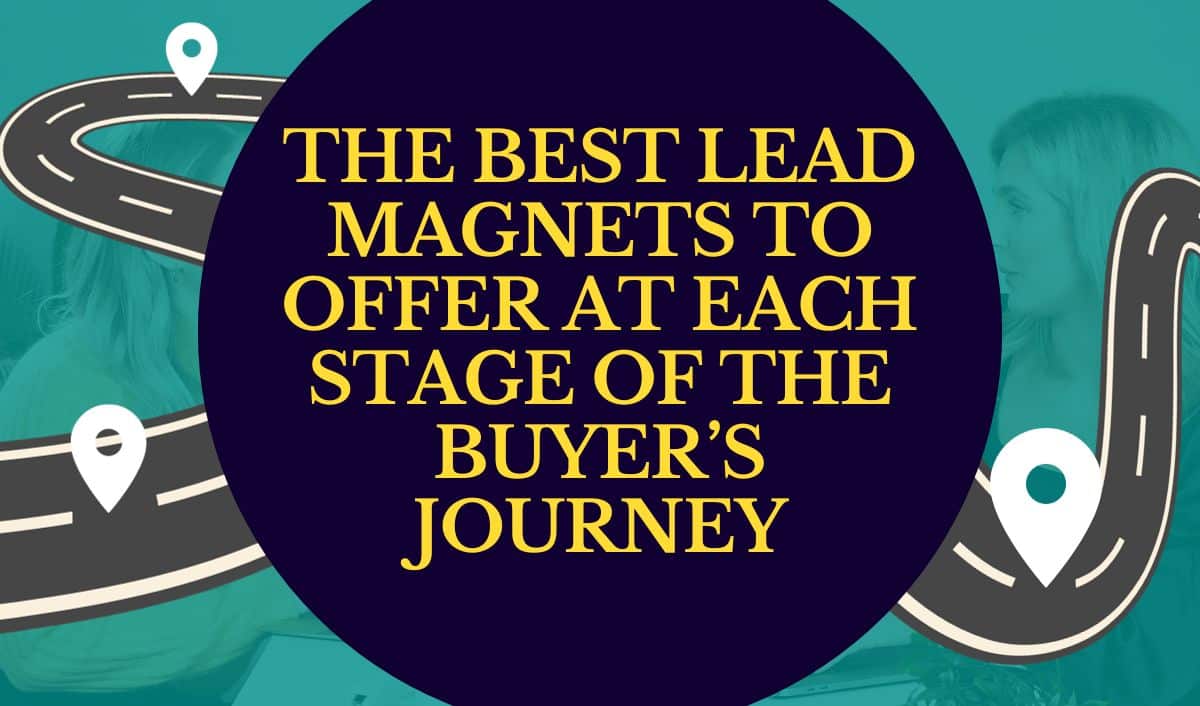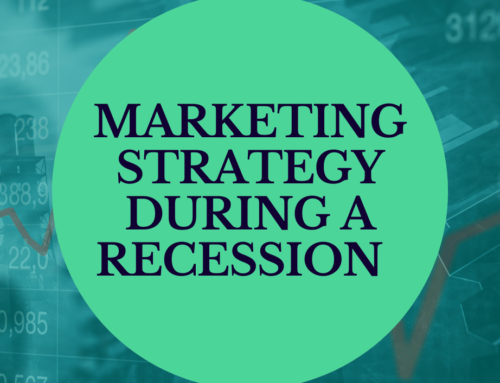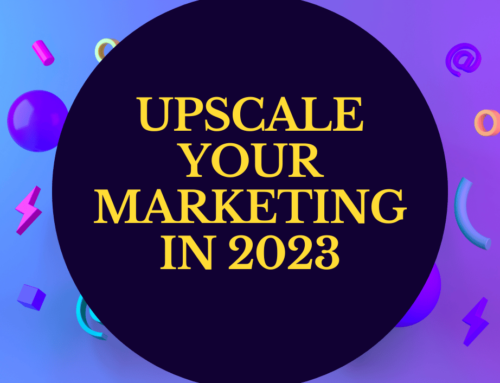When you’re running a business, bringing in new customers is essential for growth. But attracting leads and guiding them through the buyer’s journey can be challenging. One strategy that helps is using targeted lead magnets – free valuable content offered in exchange for contact information.
Matching your lead magnet to where prospects are in the buying process significantly improves conversion rates. In this post, we’ll look at the four main stages of the typical buyer’s journey and the most effective types of lead magnets for each phase.
The four stages of the buyer’s journey
Before determining ideal lead magnets, it’s important to understand the stages buyers go through when making a purchase decision:
Awareness Stage: The buyer realises they have a problem or need but doesn’t know how to solve it yet.
Interest Stage: The buyer begins exploring potential solutions and products. They’re educating themselves on the different options now available to them.
Evaluation Stage: After researching solutions, the buyer narrows down the options to only a few contenders. They dive deeper into learning the pros and cons of those remaining choices.
Purchase Stage: The buyer is ready to make a decision and chooses the solution that best aligns with their needs. They finalise the purchase, ready to implement the new solution.
Lead magnets for the awareness stage
When prospects are in the initial awareness phase, they know there’s an issue but don’t have enough information yet to pick a solution.
Lead magnets that provide education around the problem they’re experiencing are most valuable here. This begins guiding them into the sales funnel by addressing their current pain points.
Some great lead magnet types for this stage include:
- Symptom identification guide: A checklist helping prospects self-diagnose if they are actually experiencing the specific problem. This establishes relevance.
- “The Problem Explained” guide: An in-depth report describing the problem, common causes, symptoms and effects if left unresolved. Educates prospects on why action is required.
- Warning signs checklist: A simple list of signs, signals, or indicators that someone may be dealing with the problem. Creates that critical “a-ha moment” of recognition.
- Quiz: Interactive content that leads prospects through a series of relevant questions to determine if the issue applies to them. Quantifies the need for a solution.
Lead magnets for the interest stage
Once buyers recognise they have a need, they start researching their options. Content that supports this research process is valuable at this second stage.
Helpful lead magnet types include:
- Comparison guide: Outlines the differences between the various solutions or product categories on the market. Allows easy side-by-side comparisons.
- “Ask These Questions” guide: A list of detailed questions buyers should ask when evaluating different solutions. Drives more informed decision making.
- Vendor directory: A spreadsheet, list, or directory profiling all the potential companies, products, or services that could solve the prospect’s need. Expands their knowledge of what’s available.
- Product tour videos: Short videos that walk through key features and functionality of the different solutions prospects are considering. Brings solutions to life.
Lead magnets for the evaluation stage
Once prospects have narrowed down their options to a few potential vendors, lead magnets that help differentiate your solution from competitors are effective.
Valuable options include:
- ROI calculator: Helps quantify the value of your solution. Demonstrates the potential profitability or cost savings of choosing you compared to other options.
- Product demo video: Seeing your product in action can increase interest and consideration. Demo videos highlight your key differentiators.
- Customer success stories: Case studies detailing how real customers overcame challenges using your solution. Builds trust through shared experiences, like our Mola Dental case study.
- Free trial registration: Letting prospects test your product hands-on can powerfully showcase your value.
Lead magnets for the purchase stage
Finally, in the purchase stage prospects are ready to buy but may still need a final nudge. Lead magnets that provide reassurance are helpful here.
- Pricing guide: Breaks down your various packages/plans and payment options. Transparency builds trust.
- User tutorial videos: Walkthroughs on how to use key features can increase confidence in getting started.
- Industry knowledge: Creating lead magnets that are useful for your customer can show them your expertise and value. Like our Ultimate Social Media Guide.
- Customer testimonials: Video or written praise directly from current clients carries more weight than anything you state about your own product.
- Satisfaction guarantees: Money-back guarantees, warranties, or free customisation reduces buyer anxiety.
Strategically guide your prospects through the funnel
Offering lead magnets matched to each stage of the buyer’s journey keeps prospects engaged, lowers barriers to conversion and ultimately results in higher sales.
Determining which lead magnet format provides the most value at each phase boosts their path to becoming customers. Keep this guide in mind as you develop resources that educate and reassure your leads.
With the right lead magnet, you can turn prospects into clients who rave about your products.
Want the benefits of a killer lead magnet without doing the hard work? Get in touch with our founder, Talisa, for a chat: https://10x-marketing.co.uk/lets-talk/






Leave A Comment